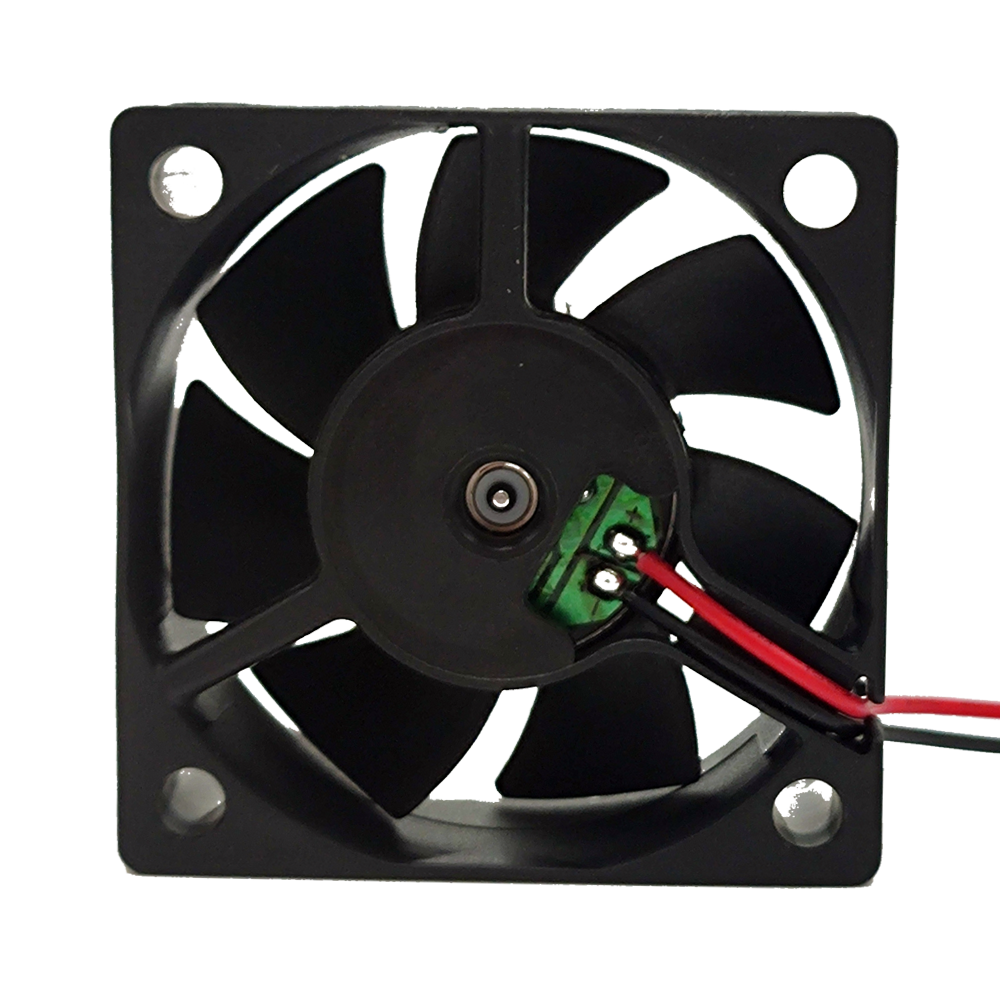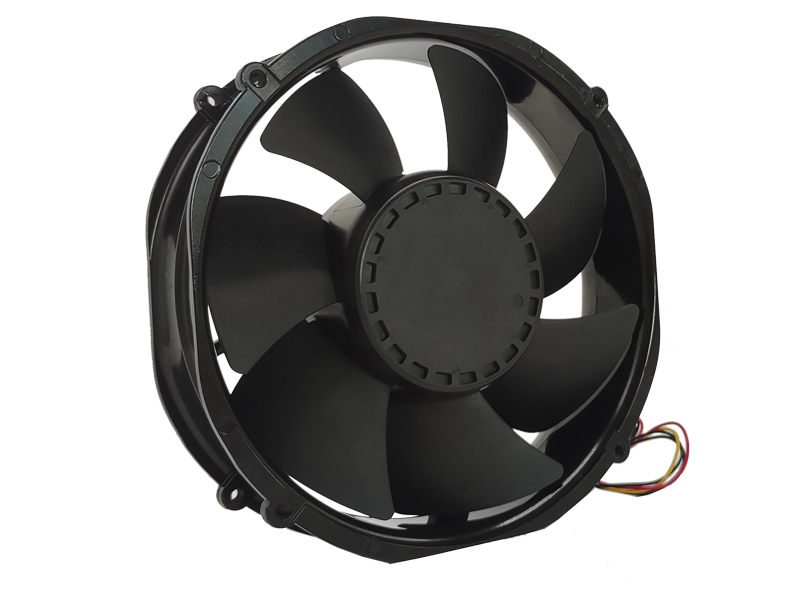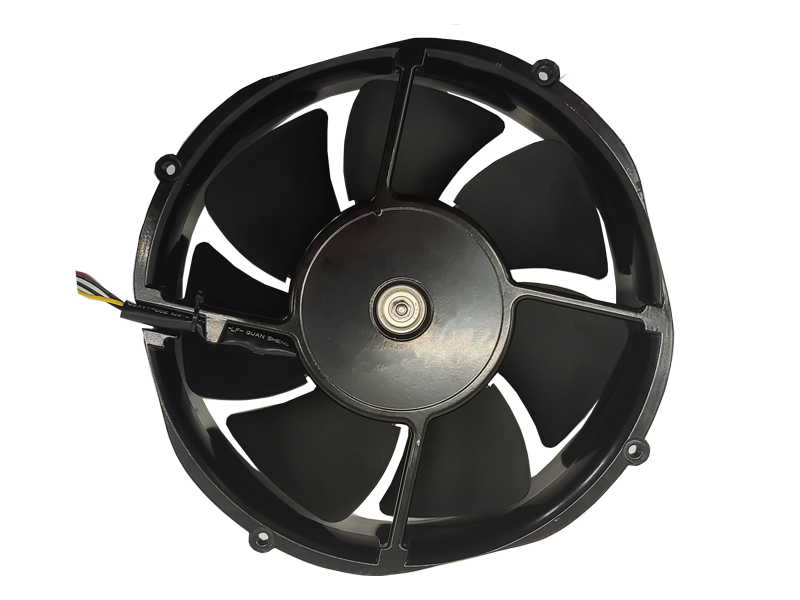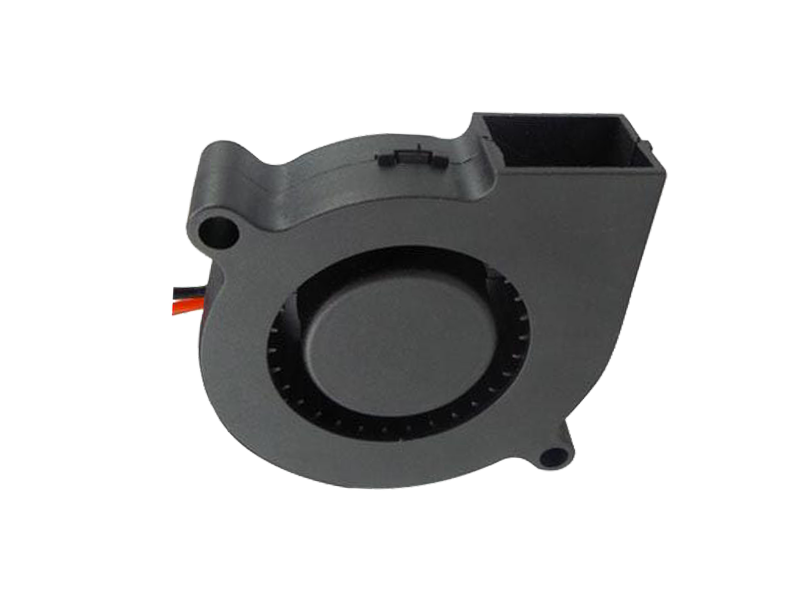Cooling fans are a common household appliance, but have you ever wondered how they actually work? Understanding the science behind cooling fans can help you make better decisions about their use and appreciate their role in maintaining comfort.
The Basic Principle of Air Movement
At its core, a cooling fan works on a simple principle: moving air. Here’s a look at the science behind this:
Airflow Dynamics:
Fans create airflow by spinning blades that push air forward. This movement helps to replace the warm air near your body with cooler air from other parts of the room. The process of moving air over your skin enhances the body’s natural cooling mechanisms.
Evaporation and Heat Dissipation:
When air moves over your skin, it accelerates the evaporation of sweat. This is a key part of how fans help keep you cool. The more efficiently sweat evaporates, the cooler you feel. Additionally, the increased airflow helps dissipate heat from your body more effectively.
Types of Fans and Their Mechanisms

Axial Fans:
These are the most common type of fans, where the blades rotate around an axis, pushing air straight out. They are typically used in desktop, table, and floor fans.
Centrifugal Fans:
Also known as blower fans, these fans use a different mechanism. Air is drawn into the center of the fan and expelled outwards at a 90-degree angle. This type is commonly used in HVAC systems and can be more efficient in moving air over longer distances.
The Role of Fan Design
Blade Shape and Angle:
The design of fan blades, including their shape and angle, affects airflow. Blades with a greater angle (pitch) can move more air but may also create more noise. Modern fans often have aerodynamic blades designed to maximize airflow while minimizing noise.
Fan Speed Settings:
Many fans come with multiple speed settings to allow for greater control over airflow. Higher speeds can move more air but may also increase noise. Adjustable speeds let users balance comfort and noise based on their preferences.
Benefits Beyond Basic Cooling
Humidity Control:
Fans can indirectly help manage indoor humidity by promoting air circulation, which can prevent the buildup of moisture that can lead to mold growth. However, they do not directly remove humidity like dehumidifiers.
Energy Efficiency:
Compared to air conditioning units, fans use less energy. By using fans to supplement or replace air conditioning, you can achieve significant energy savings.
Recommended Products

The main purpose:Car charging station

The main purpose:Car charging station

The main purpose:Electronic refrigerators, water dispensers, direct drinking machines, inverter power supplies
Address:No. 4137, Longgang Avenue (Henggang Section), Henggang Community, Henggang Street, Longgang District, Shenzhen
hotline:13530005572(Chen)15112579390(Li)


Welcome all friends to come for consultation and negotiation.
Copyright 2024 @ Shenzhen Youneng Xinyuan Electronics Co., Ltd.,(industrial fans,industrial blowers,axial fans,cooling fans manufacturer,centrifugal fans,ac cooling fans,dc cooling fans)